K-REACH: Understanding your obligations and navigating the regulatory landscape
Read Time: 2 minutes
Implemented in 2015 and revised in 2019, K-REACH was put in place to:
Protect public health and the environment
Set out obligations for registration and reporting of substances
Review and assess the hazards and risks of chemical substances
Designate certain hazardous substances (toxic, authorised, restricted or prohibited substances) and disseminate information.
There are a number of similarities between K-REACH and EU REACH, however, there are a number of important pre-marketing considerations, including the requirement to register polymers, lower volume thresholds for new substances, immediate registration for Priority Existing Chemical (PEC) substances or existing substances at or above 1000 tonnes/year, and the requirement to gain approval for certain exemptions.
To gain a better understanding of K-REACH, here are a few insights:
Who is affected?
Korean manufacturers and importers have legal obligations to register under K-REACH while foreign manufacturers and formulators have the option to appoint a South Korean Only Representative (OR) to fulfil relevant obligations. Manufacturers, importers and ORs are responsible for:
Pre-registration and Registration
Information communication with downstream users and sellers
Product Notification
Compliance with other aspects of K-REACH (e.g. provisions on restriction and authorisation)
Main Requirements
Under amended K-REACH, new chemical substances and at least one ton per year of an existing substance require notification (in the case of new substances <0.1t/y) or registration. New substances must be registered prior to manufacturing or importing.
All ≥1t/y existing chemical substances must be pre-notified and registered within the given grace period. To benefit from the grace periods for existing substances, manufacturers, importers or Only Representatives of ≥1t/y existing chemical substances must submit the company information, substance name, volume, classification and use information as part of a pre-notification.
Know your deadlines
Looking ahead, here are the next set of registration deadlines for companies manufacturing or importing existing substances:
December 31, 2021: exceeding 1,000 tons per year (or 1 ton per year of a designated CMR substance)
December 31, 2024: between 100 and 1,000 tons per year
December 31, 2027: between 10 and 100 tons per year
December 31, 2030: between 1 and 10 tons per year
How to comply with amended K-REACH: Foreign Companies
Appointing an OR or setting up branch offices in South Korea
As chemical regulations become more complex, the need to stay compliant with international and domestic market regulations gets exceedingly challenging. Non-Korean manufacturers or formulators may decide to appoint an OR if they have concerns about disclosure of substance identity, or if they want to cover the registration obligations on behalf of their importers.
Next Steps
Knowing who you can work with is key to helping make your market entry as efficient and effective as possible. Our team at Yordas Group is a qualified regulatory partner with knowledge of both the local market as well as the registration and notification process. We can help:
Provide Only Representative services for foreign companies
Clarify your regulatory obligations under K-REACH
Prepare supporting evidence to justify exemptions
Support with analytical testing (including for polymers and polymer of low concern)
Carry out data sharing discussions and commissioning endpoint testing (and acting as study monitor) where relevant
Help submit notifications and registrations
Provide support with other Korean regulations (K-OSHA, K-CCA, GHS etc.)
For more insight into K-REACH obligations, you can also sign-up for our free ‘K-REACH – Roadmap to Compliance’ webinar. If you have any questions or wish to discuss how Yordas can help, get in touch with us today.

